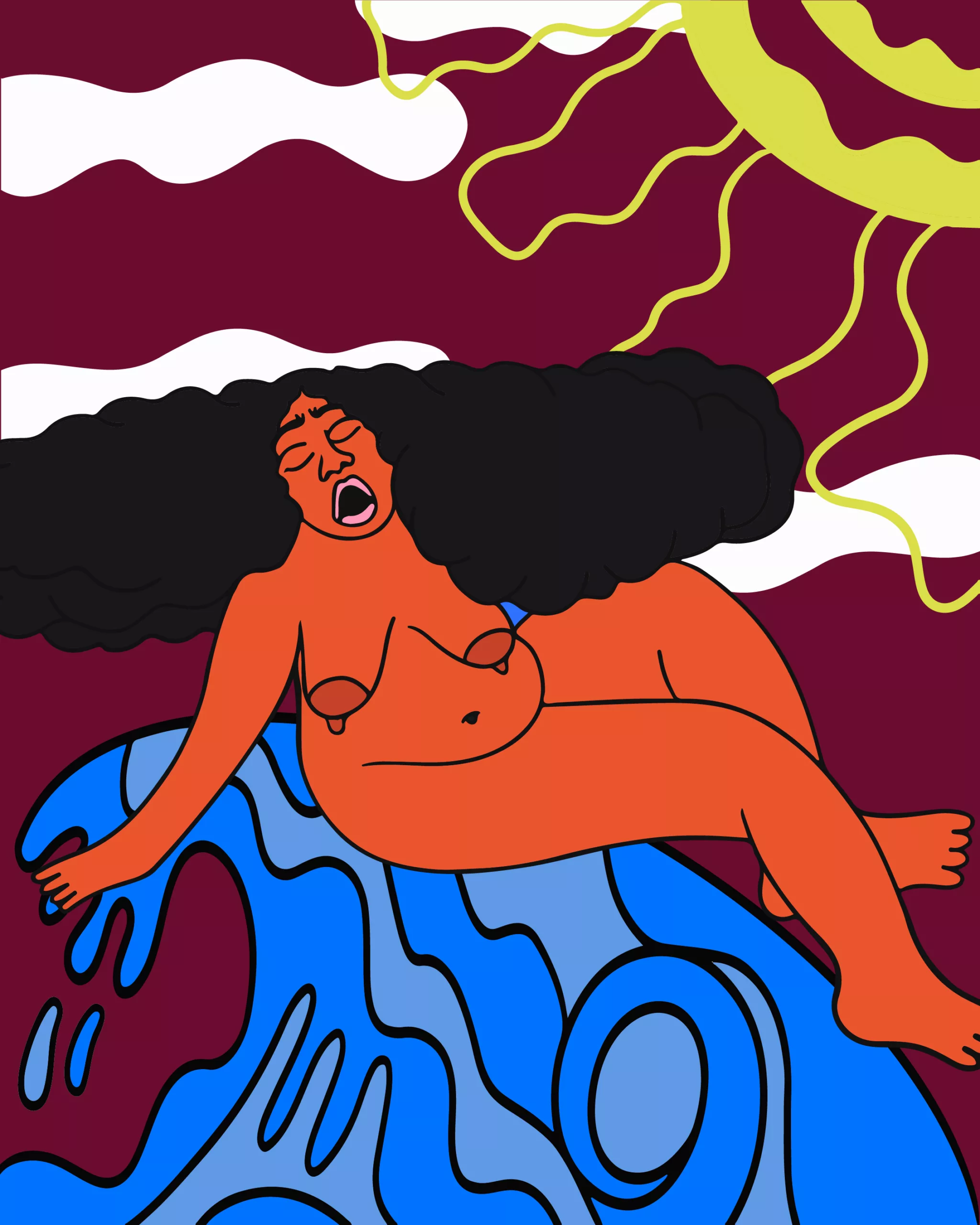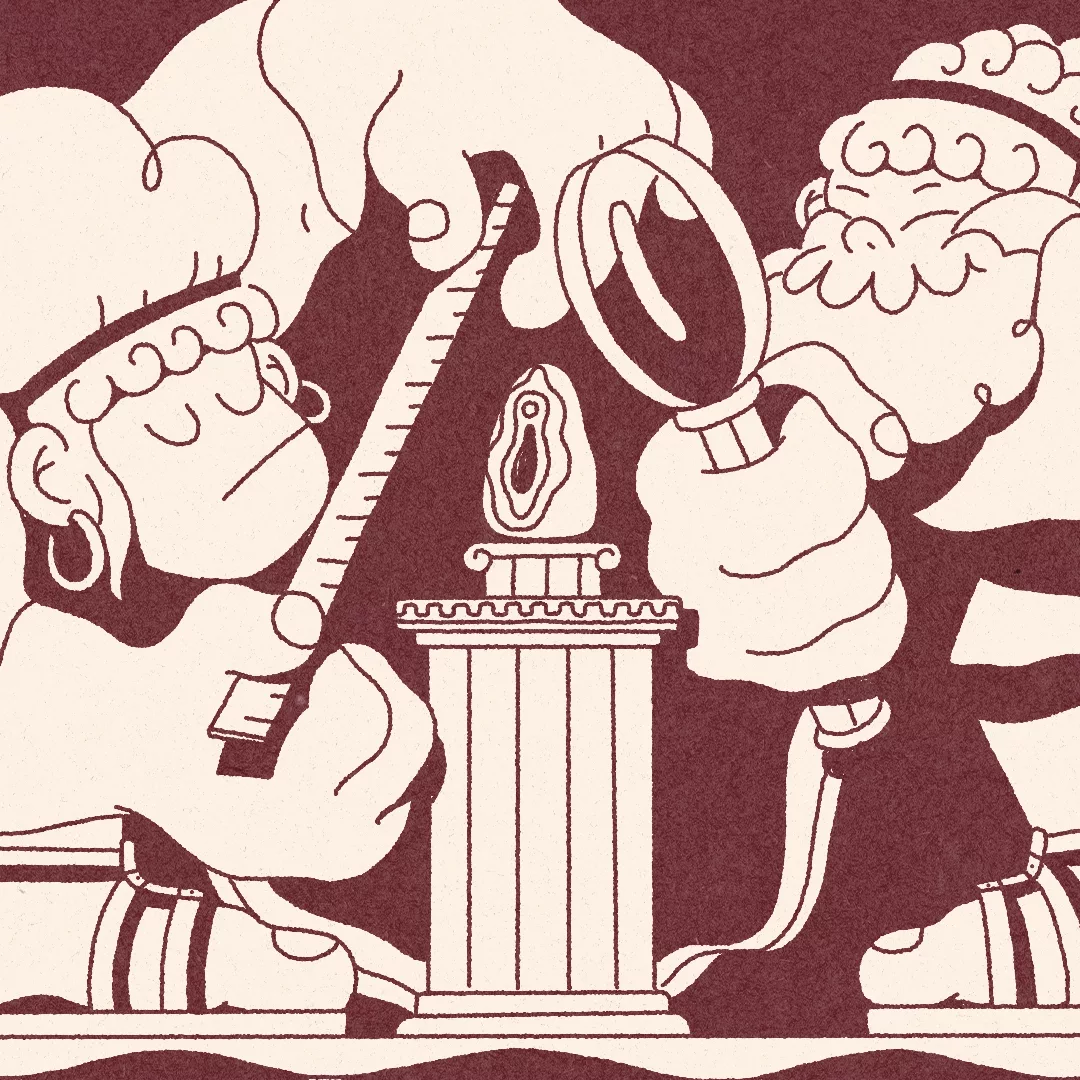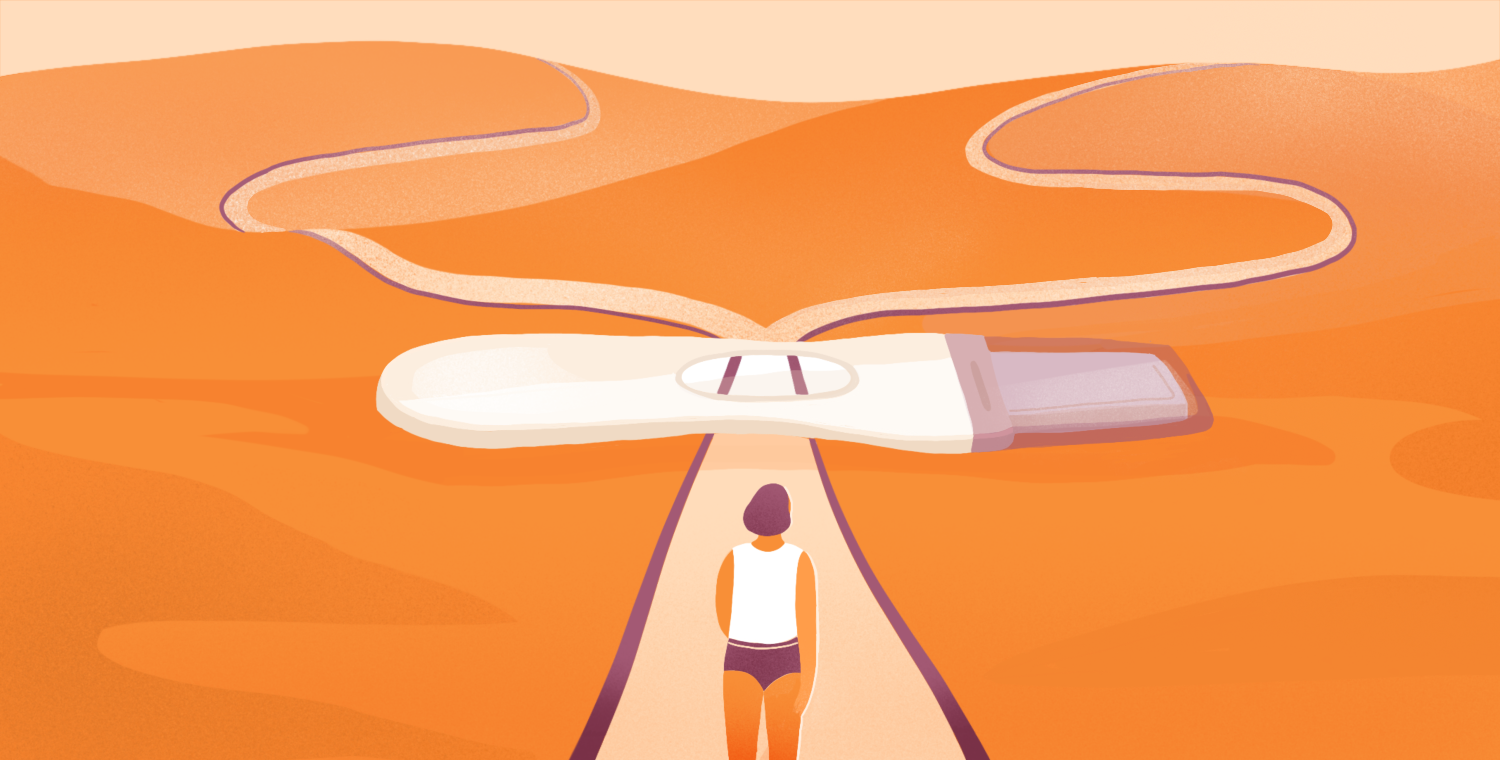Your cart is currently empty!

« Femme fontaine » : le squirting démystifié
Summary
malgré tout le splash que génère le squirting dans les médias populaires et la pornographie, c’est un phénomène qui demeure relativement peu (et mal) compris. Le squirting, c’est quoi, exactement? Comment ça arrive? Does it feel good? Je démystifie tout ça dans cet article.
According to OMGYES, close to 41% of people with a uterus have experienced squirting during sexual activity. This phenomenon has stimulated a lot of discussion. A quick Google search for the term “squirting” generates over one billion results (!!!) aiming to educate internet users on not only what it is but also how to achieve it or how to make a partner squirt (okay…quite a few of those results are porn videos). In fact, interest in squirting is so great that most porn websites dedicate an entire category to it.
That said, despite the splash that squirting has generated in popular media and pornography, it’s a phenomenon that remains relatively poorly understood.
What is squirting, exactly? How does it happen? Does it feel good? I demystify it all in this article!
Is squirt urine?
Short answer: Yes.
Long answer: First of all, squirting in people with a uterus is the expulsion of fluid through the urethra during sexual stimulation. This volume varies from half a teaspoon to over half a cup (Wimpissinger et al., 2013). While it often occurs just before, during, or just after orgasm, the phenomenon can also take place without orgasm.
So, if it comes out of the urethra, it comes from the bladder, right? According to two studies that examined the nature of this fluid, the answer is yes.
In one of these studies, using ultrasound technology, the bladder was found to be empty before sexual stimulation, filled rapidly during stimulation (before squirting), and was empty again after squirting (Salama et al., 2015). In the other study, blue dye was injected directly into the bladder through the abdomen with a long syringe before sexual stimulation. Unsurprisingly, the squirted liquid was blue (Inoue et al., 2022).
In both studies, the researchers analyzed the squirt fluid and found that it contained urea, creatinine, and uric acid levels comparable to those found in urine. However, in about half of the samples, the fluid also contained prostate-specific antigens
So, to answer the question “is squirt urine?”: yes. It’s just that, in half of cases, a bit of fluid expelled by the Skene glands gets mixed in.
But then, why do many people insist that it’s not urine?
In most cases, this liquid doesn’t look like urine. It has neither the same colour nor the same smell as urine. Squirt fluid is as clear as water in over 80% of cases; otherwise, it is slightly milky in appearance (Wimpissinger et al., 2013). However, this is mainly due to the fact that it is unconcentrated urine (remember that the bladder fills up quickly during sexual stimulation), like what we produce when we drink lots of water in a short time.
Another reason why people cling to the idea that squirt fluid is not urine is that ejaculation is often confused with squirting, even in the scientific literature. Some dictionaries even wrongly define squirting as (female) ejaculation. However, they are two different liquids produced by different structures (Rodriguez et al., 2021): while ejaculation is a very small quantity of whitish liquid produced by the Skene’s glands and expelled through the periurethral ostia (teeny-tiny openings on either side of the urethra), squirt fluid is a larger quantity of liquid expelled from the bladder through the urethra.
Finally, it’s also because many consider urine “dirty” (after all, it is bodily waste). Also, incorporating urine into sexual activity has long been considered taboo, even paraphilic.
Therefore, by making a distinction between urine and squirt fluid, many people avoid the possibility of feeling ashamed about “peeing” during sex.
That said, there is nothing to be ashamed of if (or when) we squirt! Just lay an ultra-absorbent towel on the bed before bumping uglies, and voilà! We’re ready to make waves! Some sex shops even sell bedsheets designed specifically for people who squirt!
Does squirting serve any purpose?
This raises the following question: if many people squirt, and most people with a uterus are capable of it, can we then assume that it’s an evolutionary adaptation resulting from natural selection? In other words, is squirting a trait that favours human survival or reproduction?
No one really knows; however, I have a hypothesis as to a possible advantage. Since the risk of developing urinary tract infections increases when one has sex (Vasudevan, 2014) and emptying one’s bladder regularly (but especially completely; Storme et al., 2019) decreases the likelihood of developing such an infection, the fact that our bladder fills up quickly during sexual stimulation makes us more likely to empty it afterwards, thereby avoiding a potential infection. So, there may not be any specific evolutionary advantage to squirting per se, but rather to the fact that bladders tend to fill up during sexual stimulation.
How do you go about squirting?
The thing is, like almost everything sex-related, it varies from one person to another. About half of people who have ever experienced squirting said it occurs during clitoral stimulation, and the other half during vaginal stimulation (Wimpissinger et al., 2013), especially while stimulating the G-spot.
The G spot, “discovered” by Dr. Ernest Gräfenberg in 1940—hence the origin of its name (the first letter of Gräfenberg)—is an erogenous zone located in the first third of the vagina, on its anterior wall, near the urethra and bladder. It’s the size of a loonie and has a “rougher” texture than the rest of the vagina. It can be accessed and stimulated by inserting two fingers inside the vagina and then making a “come hither” movement, or by using a sex toy designed for this type of stimulation.
Regardless of the type of stimulation, according to OMGYES, a person is more likely to squirt with:
- consistent stimulation,
- relaxed pelvic muscles, and/or
- a sudden increase in the speed or pressure of a partner’s stimulation.
In any case, it also helps to let go (relax, get out of your head, stay in the present, and let go of your hang-ups) and ignore the sensation of needing to pee.
Is it worth it?
Some people find that G-spot stimulation gives them pleasurable sensations (if that’s how they achieve squirting), while others find it annoying or too intense. Some people love the feeling of squirting, while others are either unable to squirt, simply don’t like the feeling of needing to empty their bladder during sex, or find that it drowns out (tee hee!) other pleasurable erotic sensations. #SensoryOverload
One thing’s for sure: squirting is not universally appreciated or enjoyable.
Again, it depends on the person. It’s really okay to like—or dislike— squirting. To each their own! What matters is that you listen to and respect your sexual needs and desires. You do you. The same message applies to partners of people born with a vulva: it’s always a good idea to ask them if it’s something they’re interested in experiencing before trying to get them to squirt.
-
American Psychiatric Association. (2013). Diagnostic and statistical manual of mental disorders fifth edition (DSM-5). American Psychiatric Association.
Crooks, R. L. et Baur, K. (2017). Nos sexualités. Modulo.
Hara, R., Nagai, A., Nakatsuka, T., Ohira, S., Fujii, T. et Miyaji, Y. (2018). Male squirting: Analysis of one case using color Doppler ultrasonography. IJU Case Reports, 1(1), 19–21. https://doi.org/10.1002/iju5.12021
Hensel, D. J., Von Hippel, C. D., Sandidge, R., Lapage, C. C., Zelin, N. S., et Perkins, R. H. (2022). “OMG, Yes!”: Feasibility, Acceptability, and Preliminary Efficacy of an Online Intervention for Female Sexual Pleasure. The Journal of Sex Research, 59(3), 269–282. https://doi.org/10.1080/00224499.2021.1912277
Hoag, N., Keast, J. R. et O’Connell, H. E. (2017). The “G-Spot” is not a structure evident on macroscopic anatomic dissection of the vaginal wall. The Journal of Sexual Medicine, 14(12), 1524–1532. https://doi.org/10.1016/j.jsxm.2017.10.071
Inoue, M., Sekiguchi, Y., Ninomiya, N., Kobayashi, T. et Araki, M. (2022). Enhanced visualization of female squirting. International Journal of Urology, 29(11), 1368–1370. https://doi.org/10.1111/iju.15004
Rodriguez, F. D., Camacho, A., Bordes, S. J., Gardner, B., Levin, R. J. et Tubbs, R. S. (2021). Female ejaculation: An update on anatomy, history, and controversies. Clinical Anatomy, 34(1), 103–107. https://doi.org/10.1002/ca.23654
Salama, S., Boitrelle, F., Gauquelin, A., Malagrida, L., Thiounn, N. et Desvaux, P. (2015). Nature and origin of “squirting” in female sexuality. The Journal of Sexual Medicine, 12(3), 661–666. https://doi.org/10.1111/jsm.12799
Storme, O., Tirán Saucedo, J., Garcia-Mora, A., Dehesa-Dávila, M. et Naber, K. G. (2019). Risk factors and predisposing conditions for urinary tract infection. Therapeutic Advances in Urology, 11, 12–28. https://doi.org/10.1177/1756287218814382
Vasudevan, R. (2014). Urinary tract infection: An overview of the infection and the associated risk factors. Journal of Microbiology & Experimentation, 1(2), 42–54. https://doi.org/10.15406/jmen.2014.01.00008
Wimpissinger, F., Springer, C. et Stackl, W. (2013). International online survey: female ejaculation has a positive impact on women’s and their partners’ sexual lives. BJU International, 112(2), E177–E185. https://doi.org/10.1111/j.1464-410X.2012.11562.x






